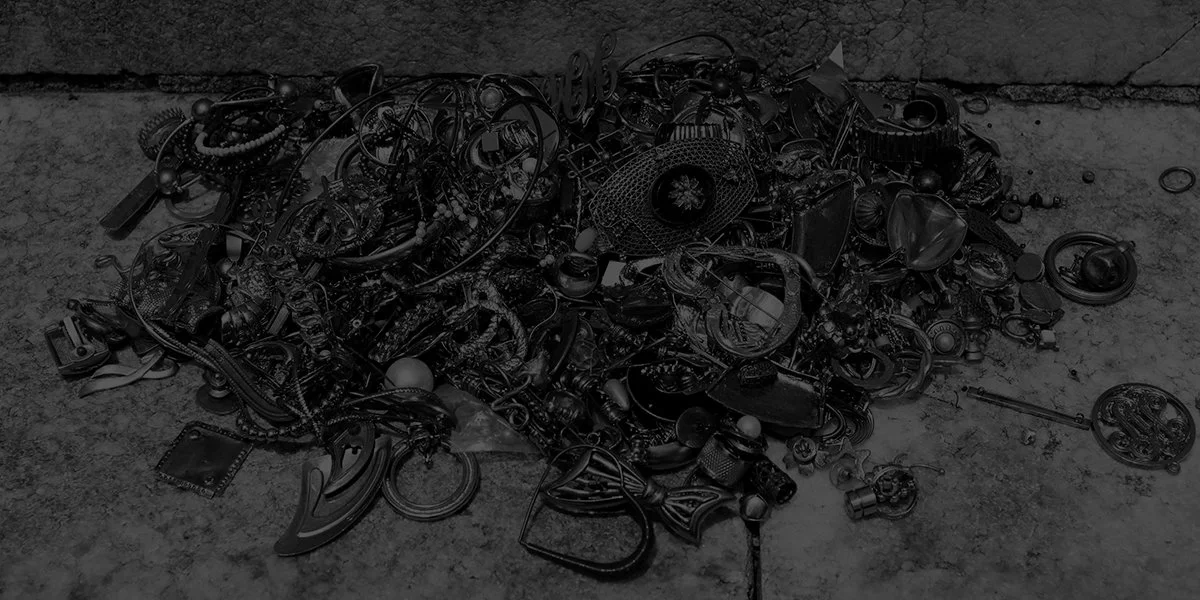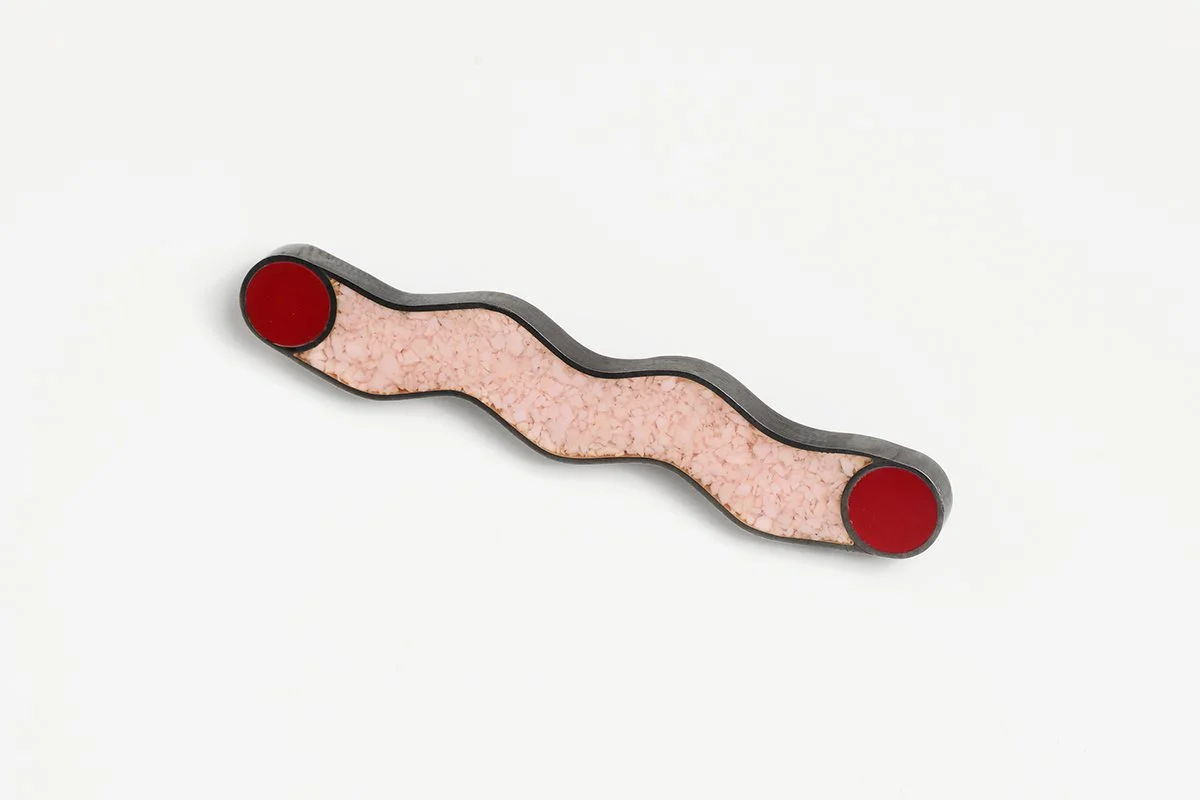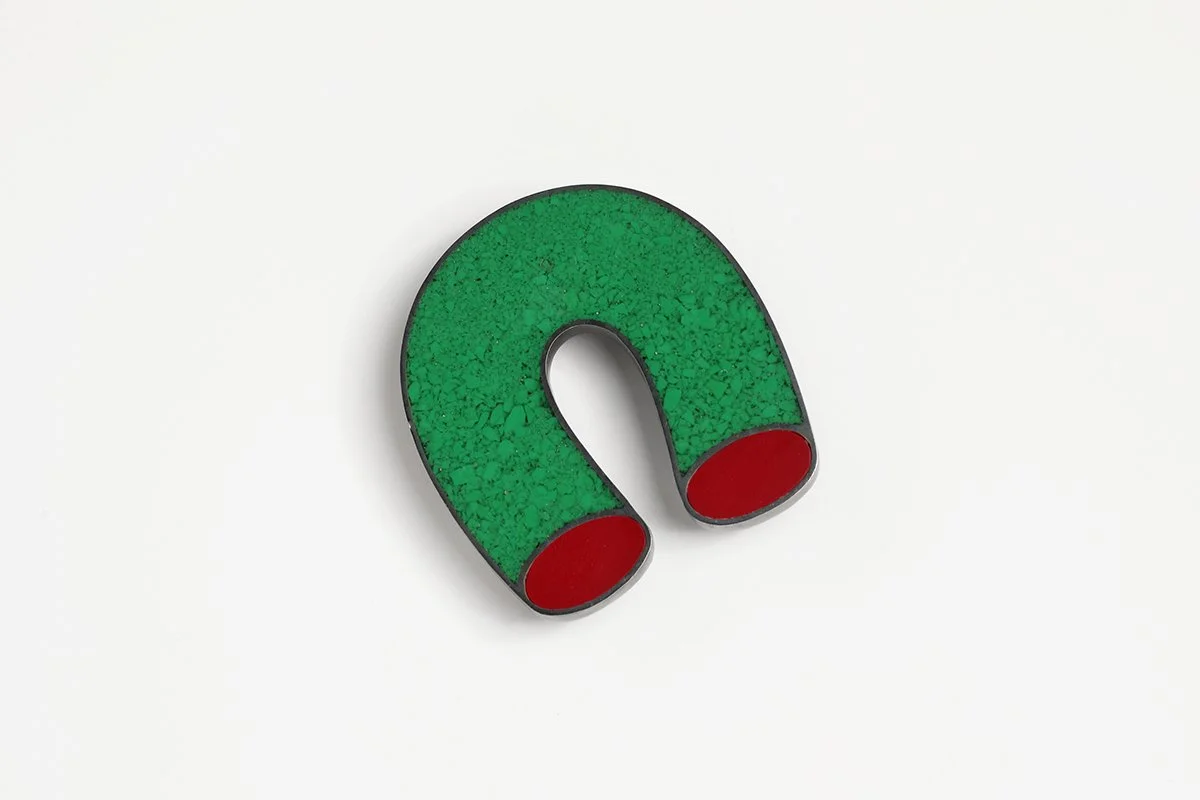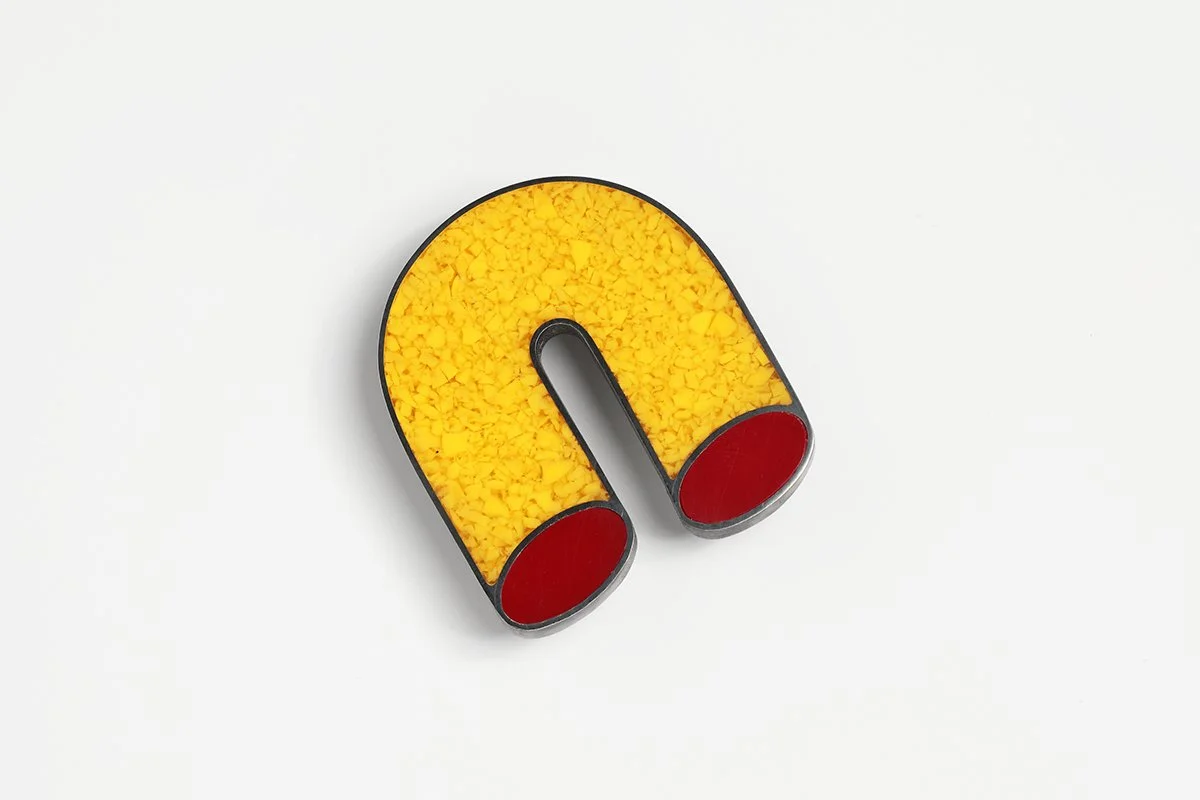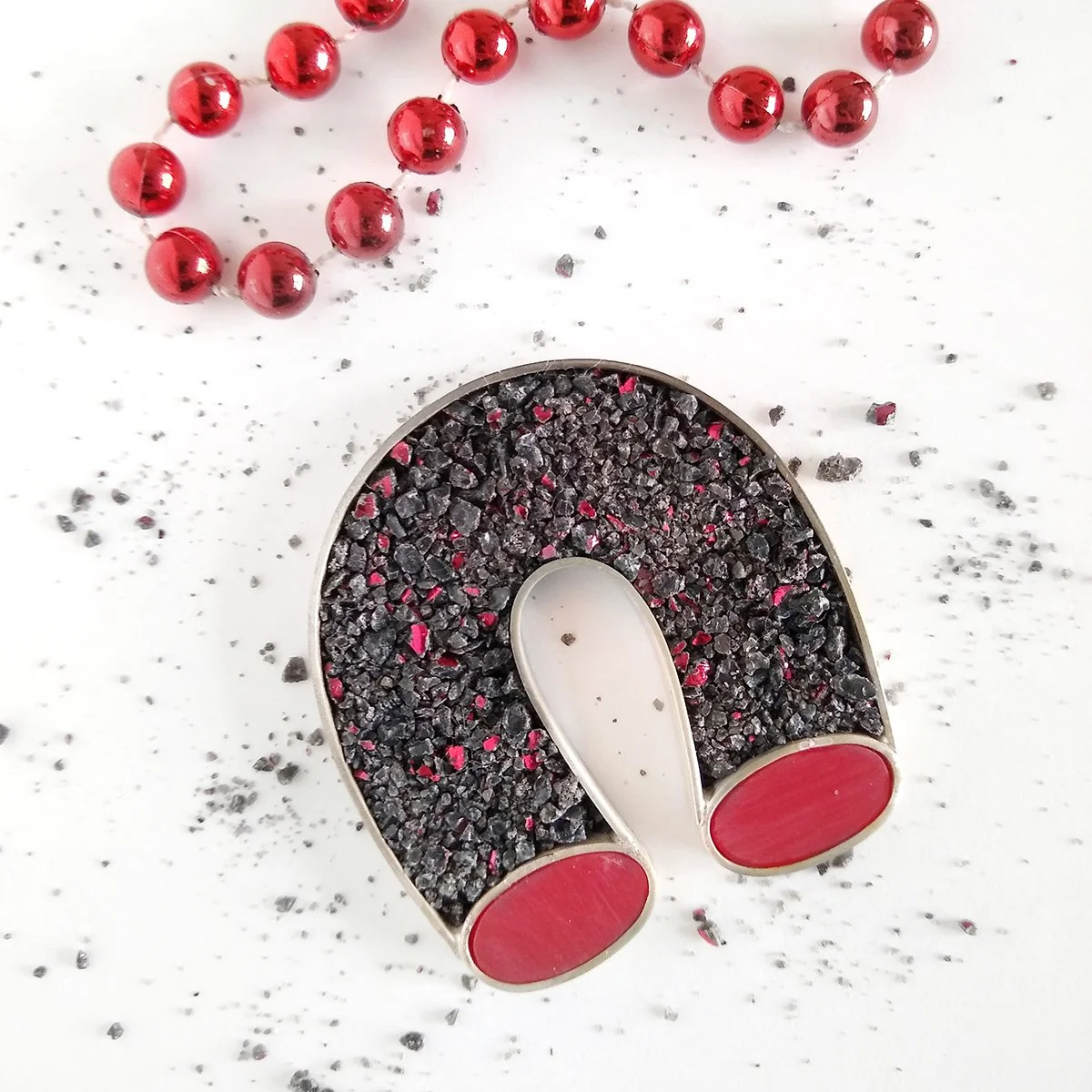Erica Bello studied metals/jewelry design at the School for American Crafts where she earned her BFA. After receiving the Halstead Grant for emerging artists in 2014 she began exhibiting her work nationally. Erica has lectured at the 46th annual Society of North American Goldsmiths conference, Tyler School of Art and Architecture, and Indiana University in regards to her career as a studio artist. From 2017 to 2019 she held the position of Studio Manager at the Baltimore Jewelry Center, and taught at several non-profits including Arrowmont, the Center for Metal Arts, and Penland. Erica’s work has been showcased during New York Jewelry Week, SOFA Chicago, and can be found internationally in several contemporary craft galleries.
Erica currently resides in Columbus, OH and works out of her studio located in the Franklinton Arts District.
How are creative license, personal safety, environment, and social responsibility factored in to your choices?
At first I didn't think much about responsibility. As a designer my thoughts are often focused on the outcome of the piece and not the impact it may have. This changed however, when I was drawn to one piece of the discarded jewelry, a red bangle. When I started to work with the material I noticed a faint sickly smell, formaldehyde, one of the chemicals used to make Bakelite. One of the first synthetic plastics, bakelite is formed formed from a condensation reaction of phenol with formaldehyde. By the 1950’s bakelite had transformed the jewelry industry with plastic bangles, earrings and other accessories.
Plastics have always been seen as creating a negative impact on the environment over time, but the toxic makeup of bakelite made an immediate impact on my health and safety. A respirator needed to be worn to prevent dust from entering my lungs, and heavy rubber gloves were used to reduce irritation as I sculpted the bangle bracelet. As I worked with this material I reflected on the labor aspects of creating such a product. Factories that produced synthetic plastics could require workers to pour raw asbestos fibers into mixing tanks and molds, creating occupational exposure risks. Understanding the risks associated with creating some synthetic materials reveals why it is important to reduce our use of them in everyday life.
How do you weigh what techniques and materials you will use?
Color was the main factor in the materials I chose. I had no intention of working with plastics, but the vibrant and flagrant artificial pigments were too good to ignore. Although plastic was foreign I also worked with silver. It was my affinity to this metal that allowed my to craft the familiar forms I used to encapsulate the crushed beads.
How do you anticipate future uses for the materials that you are using?
In regards to a consumer products I think plastics will always have a place in the market. However, we are now looking towards a future where manufacturers of plastic have started to consider the ethical creation as well as extinction of man made materials. In the case of plastics that cannot break down we are seeing progress in repurposing synthetic trash into building materials for low income housing.
Will a jeweler in the future be able to reuse your piece by disassembling or melting down the metal?
There are actually only three materials in each piece, silver, resin, and plastics. With a bit of ingenuity the cast plastic could be removed from the silver frame, which could be melted and reused.
How have you been influenced by the project?
Radical Jewelry Makeover helped me rethink how different materials can be processed. When working with precious metals it's relatively easy to convert old jewelry into wire, sheet, and other new usable materials. Costume jewelry is much harder to redefine. It’s this issue that makes materials like plastic so easy to discard. However, an object like mardi gras beads could be treated just like any other raw material. It was this thought that led me to crush the plastic beads into fine particles and remold them, like turning wood pulp into paper. This concept helped me rethink how synthetics can be reused. These materials do not need to be completely broken down to create something new, and can be combined in innovative ways to form new mediums.
